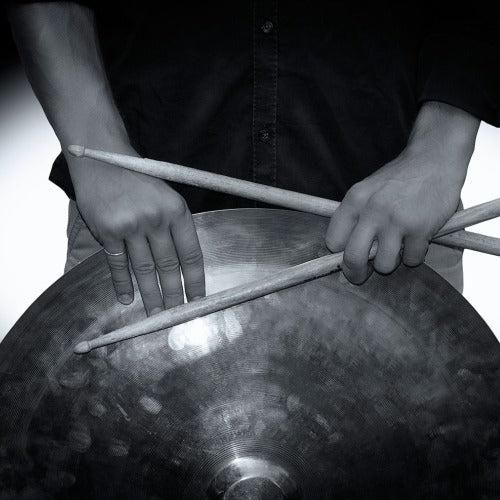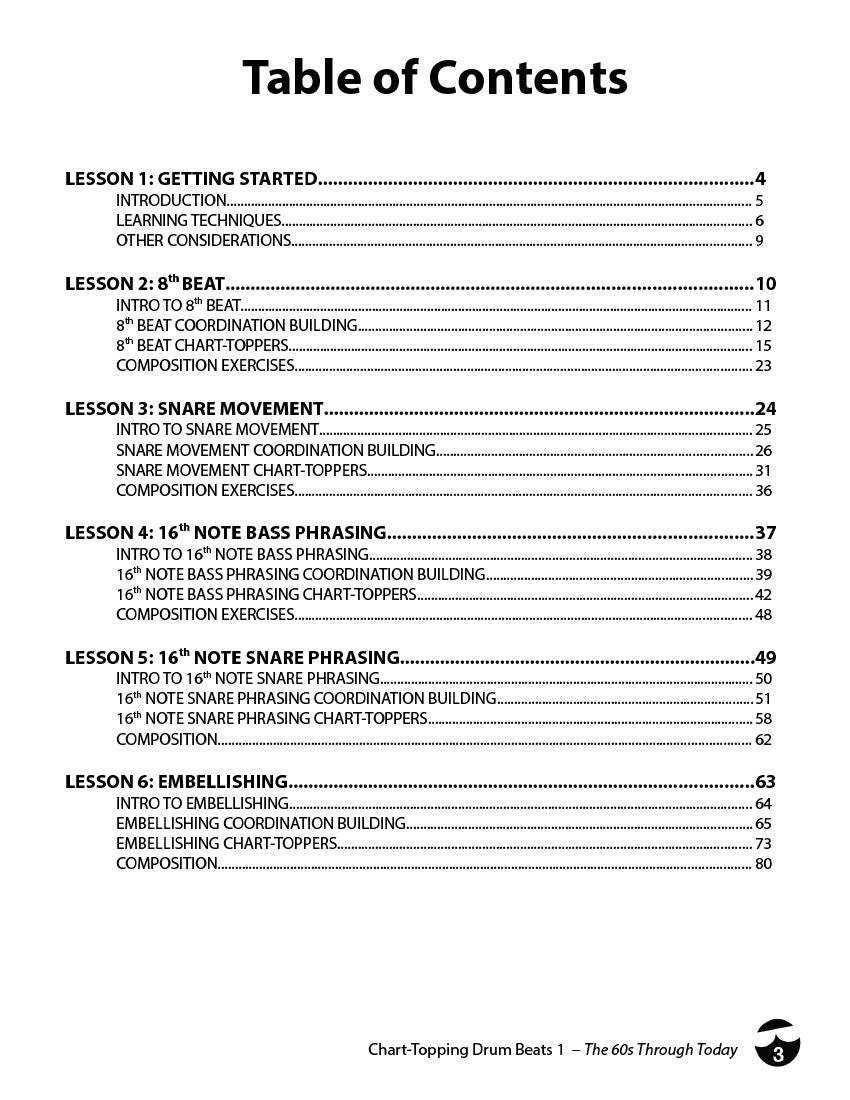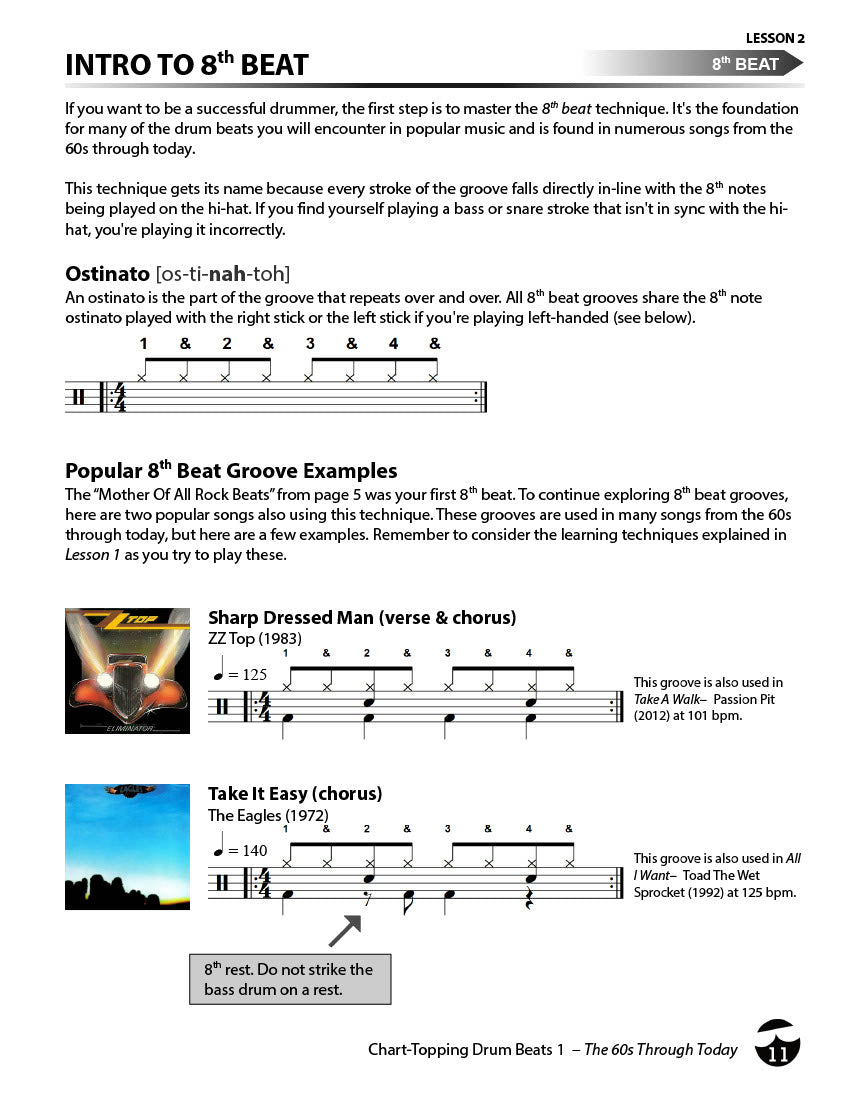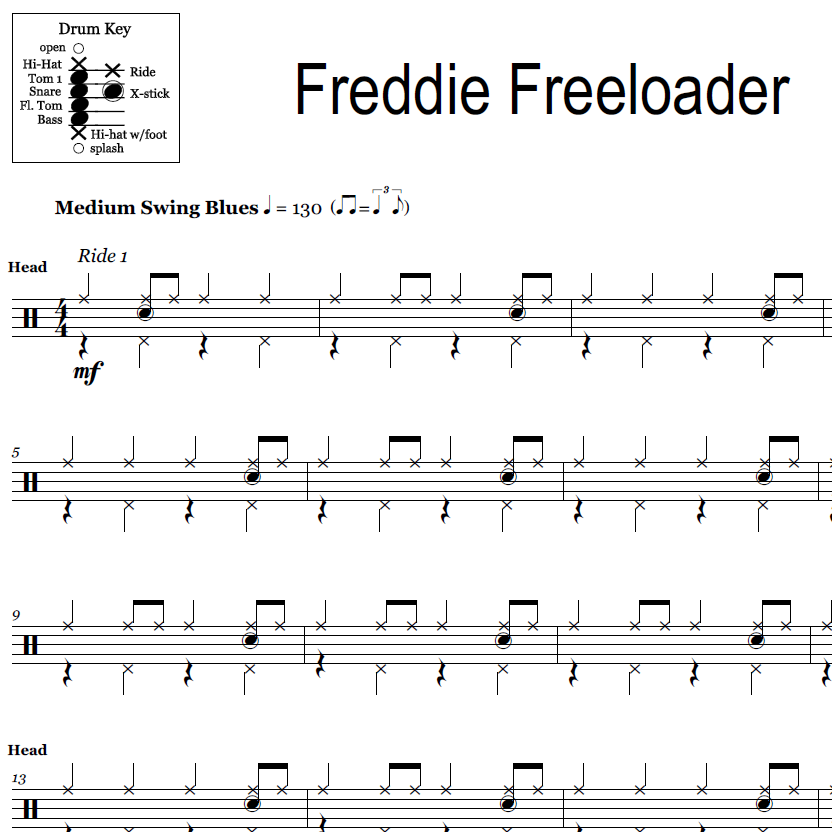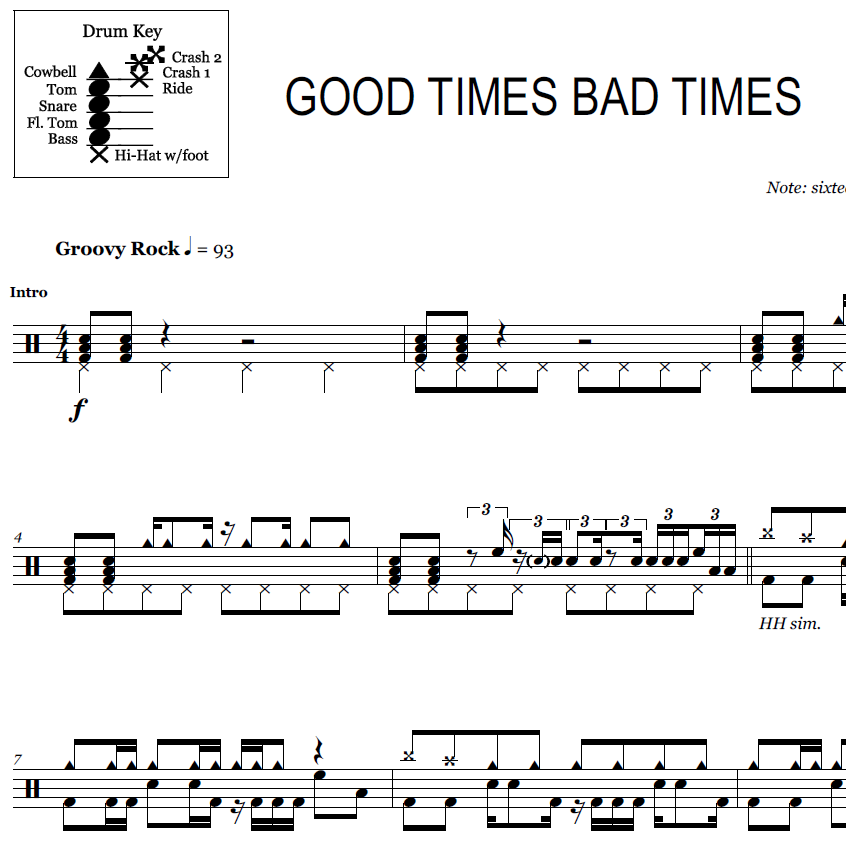What is a Drum Fill, Really?
What constitutes a drum fill? Could a single stroke be considered a drum fill? Find out!
"Hey drummer. Play a drum fill here."
Would hearing that freak you out? If so, you're not alone. By nature, drum fills are open-ended and often improvisational. Even if you have the time to plan it out ahead of time, leaving the comfort-pocket of the main groove during a performance seems good cause for anxiety. However, if you take a step back and consider what a drum fill is, and more importantly -- its purpose -- you can rid yourself of this anxiety.What is a Drum Fill?
During each part of the song, there is a consistent-feeling drum beat. It provides the pulse — the heartbeat — of each part of the song. Whenever you leave that drum beat to play something else, it's considered a drum fill.
Drum Fill: Something played that's not part of the main drum beat for that particular section of the song.

To emphasize my point, this lesson focuses on short drum fills. Drummers often consider that a drum fill is long, complex, includes tom strokes, etc. But, a drum fill can be anything -- anything that strays from the main groove. Take a look at #1 above. The drum fill is one stroke -- a flam -- and believe it or not, this drum fill works great in a lot of situations.
What is the Purpose of a Drum Fill?
Many drummers believe a drum fill is their spotlight time. It's like a mini solo designed to showcase the drummer. But, it's not. Drum fills play many roles, but we can boil all those roles down to one core function: To make the music more engaging. Please notice that I didn't say, "to make the drum part more engaging."What Do I Play?
If the song is making a natural transition, such as from the verse to the chorus, play a drum fill according to how much the energy of the song changes between those parts. I'm going to step out on a limb and suggest that quarter notes, eighth notes and sixteenth notes are all you really need to successfully engage the transition.
A full measure crescendo of eighth notes played on the low tom, snare and bass is very powerful (and a very common drum fill). A full measure of sixteenth notes on the snare can be equally as powerful. The fill doesn't have to be difficult to make the music more engaging.
For a less-energetic transition in a song, a short fill such as any of the fills above will engage the listeners. A lot of songs even use a rest as a drum fill. The beat simply cuts out for a beat or two. Technically, I guess it wouldn't be considered a drum fill. But, it does make the point that you don't have to play anything amazing.





